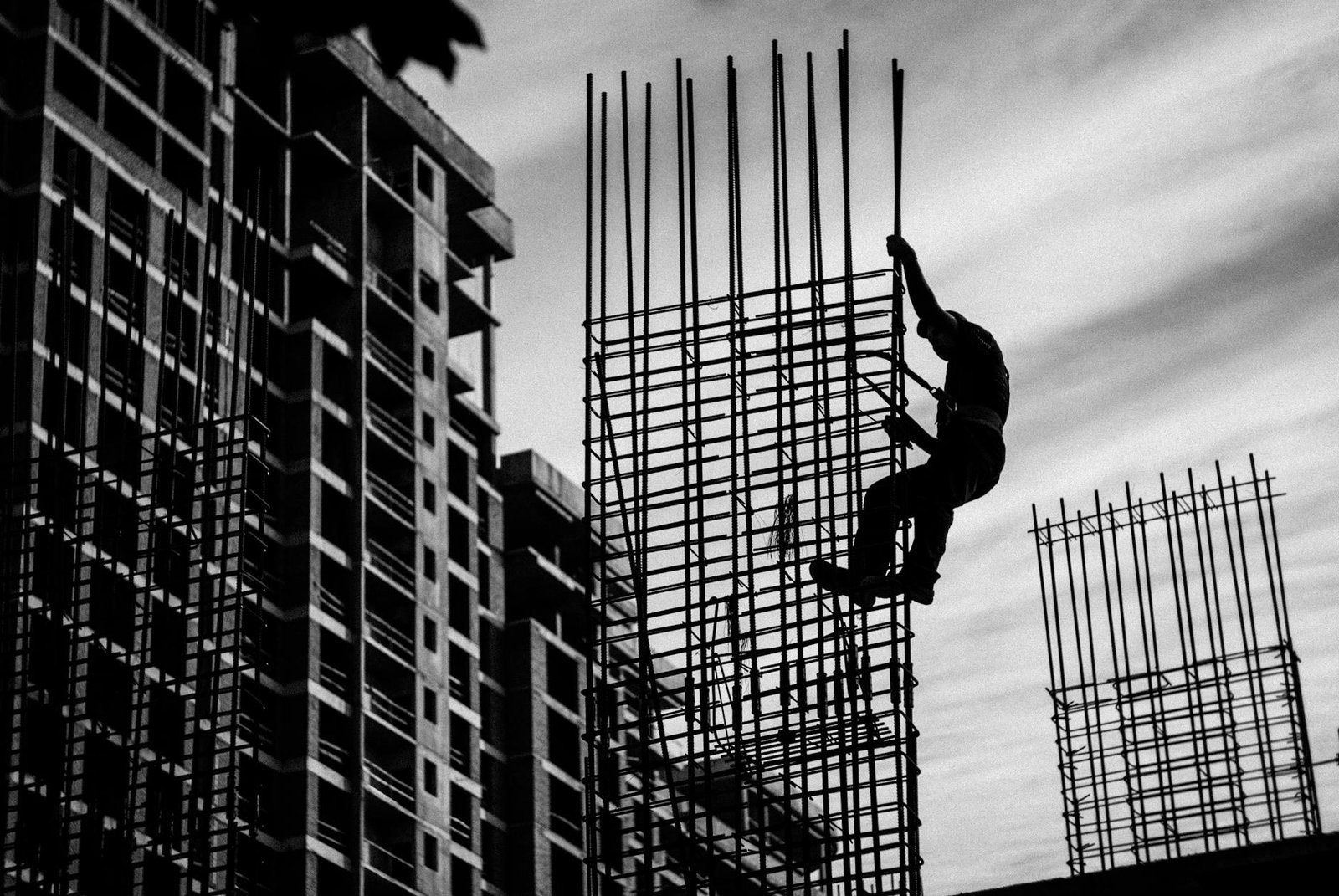
5 Minute Safety Talk on Work at Height
Introduction
Work at height is one of the most dangerous activities across all industries — especially in construction, maintenance, telecommunications, and oil and gas. Falls from height are one of the leading causes of fatalities and serious injuries at worksites. This 5-minute talk focuses on how to prevent falls and stay safe while working above ground level.
What is Considered “Work at Height”?
According to most safety regulations (e.g., OSHA, HSE UK, IS Code), work at height is defined as:
- Any work where a person could fall and injure themselves,
- From any height, whether it is 2 feet or 200 feet, if there’s a risk of falling.
Examples Include:
- Working on scaffolds
- Climbing ladders
- Working on rooftops, platforms, or manlifts
- Repairing structures, tanks, or equipment overhead
Why is Work at Height Dangerous?
1. High Risk of Fatal Falls
Even a fall from just 1.8 meters (6 feet) can cause serious head injuries, fractures, or death.
2. Falling Objects
Tools, materials, or equipment can fall and strike workers below, causing injuries.
3. Instability
Scaffolds, ladders, or roofs can collapse if not properly constructed or inspected.
Common Causes of Accidents at Height
- Using damaged or makeshift ladders
- Working without fall protection (harness/lanyard)
- Not anchoring properly
- Weather conditions (strong winds, slippery surfaces)
- Overloading scaffolding or platforms
- Lack of training or supervision
Essential Safety Measures for Working at Height
1. Risk Assessment
Before starting any task, conduct a risk assessment:
- What are the hazards?
- What are the controls?
- Who might be affected?
2. Use Proper Access Equipment
Choose the right equipment:
- For heights under 2m: step ladders or podiums
- Over 2m: full scaffolds or elevated platforms
- For short-term use: mobile scaffolding or MEWPs
3. Always Use Fall Protection
If fall risks cannot be eliminated, use personal fall protection systems:
- Full-body harness
- Lanyards with shock absorbers
- Anchor points rated for the load
- Lifelines or retractable systems
4. Inspection of Equipment
Check every ladder, harness, hook, and platform before use.
- Look for cracks, rust, tears, or signs of wear.
- Tag out any defective equipment immediately.
5. Train and Supervise Workers
Ensure all workers at height are:
- Properly trained in using fall protection and equipment,
- Aware of emergency rescue procedures,
- Supervised by a competent person on-site.
6. Weather Precautions
- Don’t work at height during strong wind, heavy rain, or lightning.
- Secure loose objects to avoid being blown off the platform.
Hierarchy of Controls for Work at Height
- Avoid Work at Height where possible (do it from the ground)
- Use Collective Protection (guardrails, scaffolding)
- Use Personal Fall Protection (harness, lanyards)
- Minimize Consequences of a Fall (nets, soft-landing systems)
Real-Life Case Study
Case:
A technician fell from a 12-foot scaffold while changing a lighting fixture. He wasn’t wearing a harness, and there was no guardrail. He suffered a spinal injury that left him permanently disabled. The accident could have been prevented by:
- Wearing a harness,
- Installing a guardrail,
- Conducting a risk assessment.
Dos and Don’ts of Working at Height
✅ Do:
- Always wear a harness when working above 1.8 meters.
- Double-check your anchor points.
- Keep three points of contact when climbing ladders.
- Secure all tools and equipment.
- Follow the site’s permit-to-work system, if applicable.
❌ Don’t:
- Use ladders or scaffolds on uneven ground.
- Overreach or lean out from platforms.
- Use broken or homemade ladders.
- Work alone at height without a spotter.
- Ignore weather warnings.
Emergency Preparedness
Make sure there is:
- A fall rescue plan in place.
- Workers trained in first aid and emergency communication.
- Fall arrest systems properly installed and regularly tested.
Key Takeaways
- Falls from height are preventable.
- Use the right equipment, training, and fall protection.
- Conduct risk assessments before starting the job.
- Follow site procedures and never take shortcuts.
Closing Message for the Toolbox Talk
“Remember, when you’re working at height — there is zero room for error. A single misstep could cost you your health or your life. Every time you put on a harness, check your footing, or anchor properly, you’re taking a step toward going home safe. Don’t become a statistic — work smart, work safe, and always protect yourself when working at height.”
5 Minute Safety Talk on Personal Protective Equipment (PPE)
Top 15 Toolbox Talk Topics for Construction Safety Officer
Top 25 Safety Moments to Promote a Culture of Safety at Work
20 Short Safety Moments for Meetings (5-Minute Discussions)
50 Daily Safety Topics for Toolbox Talks (Free PDF Checklist)
Frequently Asked Questions (FAQs)
Q1: What height requires fall protection?
A: Most regulations recommend fall protection at 1.8 meters (6 feet) or higher, but site-specific rules may vary. Always follow local guidelines.
Q2: Can I work on a ladder without a harness?
A: You may, only if the work is brief, at a low height, and you maintain 3 points of contact. However, for anything above 2 meters or prolonged work, use fall protection.
Q3: How often should I inspect my harness?
A: Before each use. Also, a thorough inspection by a competent person should be done every 6 months.
Q4: Can I anchor my harness to any structure?
A: No. Anchor points must be certified and capable of supporting the required load (usually 5,000 lbs/22kN).